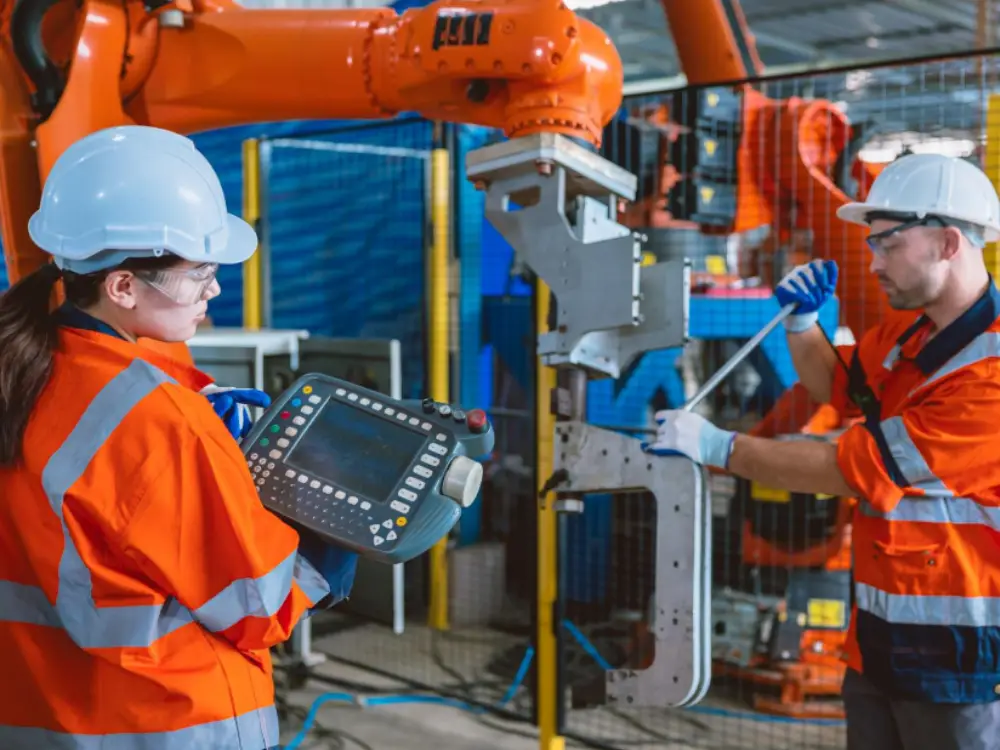The global market for engineering services outsourcing (ESO) is growing faster than it ever has previously. It was worth between $1.8 trillion and $2.15 trillion in 2024, and other estimates say it might be valued at more than $9 trillion by 2033–2034. This rapid rise is happening because modern products are becoming more complicated, there is a growing need for specialized engineering knowledge, and firms are always pressured to come up with new ideas. For many businesses, ESO is no longer merely a support function; it’s now a key part of their strategy for staying competitive.
The U.S. and India: Important Players
The United States is driving a lot of the demand, adding an estimated $277–337 billion to the worldwide ESO market. Companies in the US don’t just outsource to save money anymore. They want outsourcing partners who can give them specialized knowledge, shorter product development cycles, and the ability to scale up or down as needed.
However, with roughly 8.1% of the global market, India remains the top destination for engineering work outsourcing. It’s evident what its strengths are:
- A large pool of highly skilled engineers
- A delivery system that is mature and dependable
- Service models that are high-quality but cheap
India has also improved its skills in advanced engineering disciplines over the years to keep up with the changing needs of its worldwide clients.
The U.S.
The U.S. is still the leading source of engineering services outsourcing demand; we see that US companies put in an estimated $277 to $337 billion into the global market. Although cost plays a significant role, it appears that U.S. companies prioritize growth over budget cuts. They seek faster product releases, specialized knowledge they currently lack, and the ability to scale engineering resources without having to build that infrastructure themselves.
India
In terms of supply, India still leads as the top outsourcing destination, which has 8.1% of the global ESO market. It’s in this area that India excels.
- A large and talented engineering team.
- A mature and reliable delivery ecosystem.
- Competitive service which also balances cost and quality.
India has progressed from merely producing a large quantity of items to also creating products that hold significant value. As global trends change, our organizations are becoming experts in domains that are at the bleeding edge, such as embedded systems, sustainability engineering, and digital twin technologies.
Geopolitics and the Tariff Puzzle
Global politics has introduced a new level of complexity to the ESO industry. The Trump administration presents a big shift in U.S. trade policy of the last few decades with recent tariffs tailored to almost 90 countries.
Secondary Effects
- Rising input costs: Higher material and manufacturing costs have caused our customers to reevaluate project budgets which in turn has put some of our engineering programs on hold or at a standstill.
- Regionalization of supply chains: As trade tensions increase, companies are rethinking global supply chains and turning to regional options.
- Talent mobility challenges have complicated offshore collaboration.
- Legal and compliance risks: Intellectual property issues, cross-border
- Data flow, and long-term
- Contract consistency is in the spotlight.
Agility, diversification, and adaptive delivery models are a must; they are for survival.
What Forward-Looking Companies Should Do
In this new environment, businesses have to reevaluate what they are doing with respect to outsourced work. The old methods no longer work. Also note these 3 key changes to which to pay attention:
1. Adopt AI and Automation
AI is out of the experimental stage it has become a core element of engineering services. In predictive analytics, to automated design validation and testing we see that implementing AI into their workflows delivers faster, more accurate, and more scalable results.
2. Move to Outcome-Based Pricing
Clients are reporting greater demand for value rather than billable hours. We see a growth in outcome-based contracts, which in turn align incentives for better efficiency and tangible results. Also this model we are seeing stronger trust develop between companies and their service partners.
3. Target High-Growth Domains
Engineering demand is growing in digital twins, embedded systems, and sustainability solutions. Companies which put into or outsource to players that specialize in these areas are putting themselves in position for long term relevance and resilience.
The Bottom Line
Even in the face of geopolitical instability, the ESO industry is seeing growth, which India will play a central role in. Companies that come out on top will do so by adopting AI, moving toward value-based pricing, and teaming up with innovative, agile partners.
So we aren’t at the point of knowing which engineering services to outsource. We are currently focused on improving our outsourcing methods to transform today’s challenges into tomorrow’s competitive advantages.








